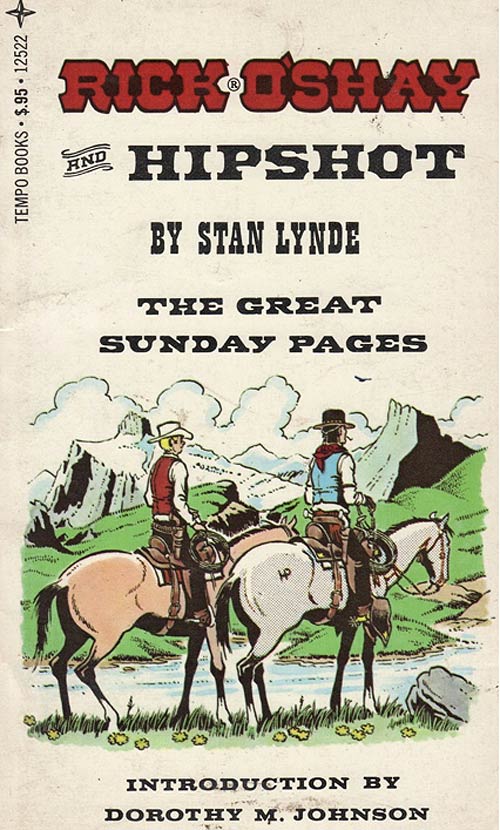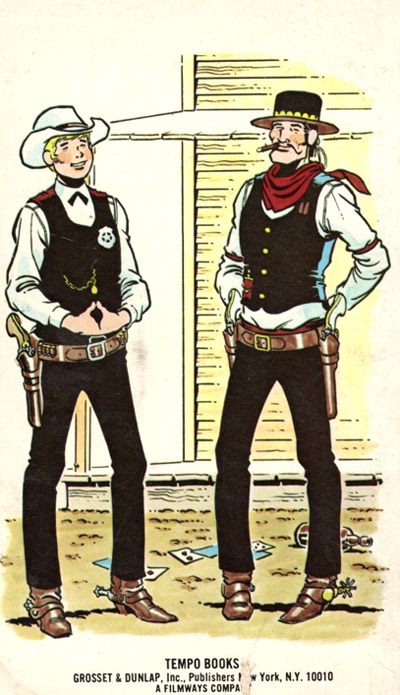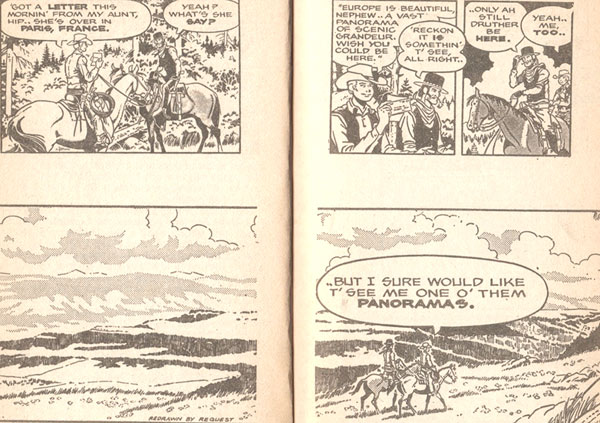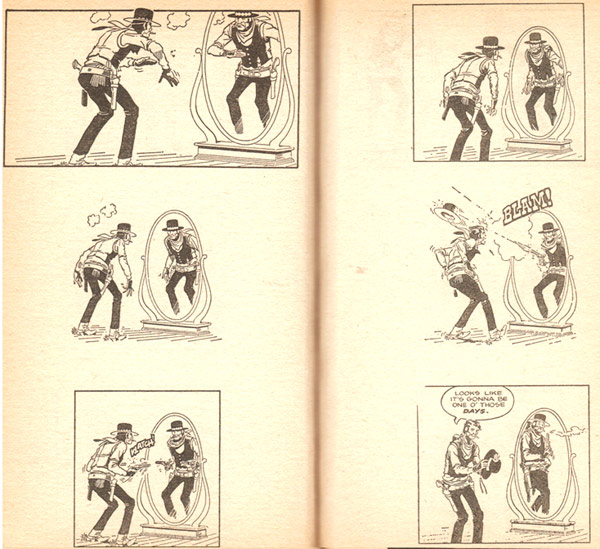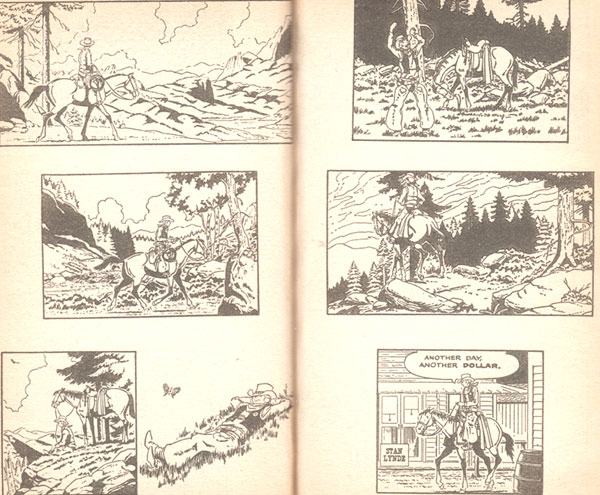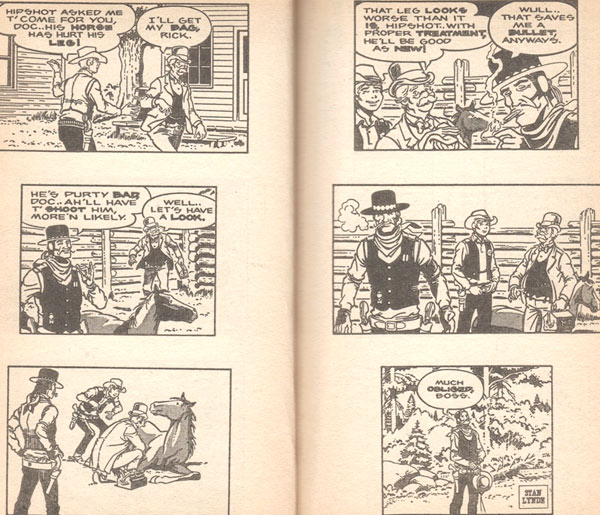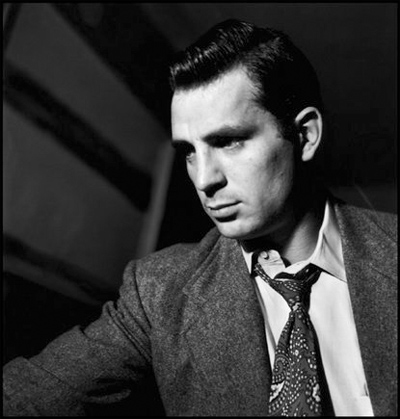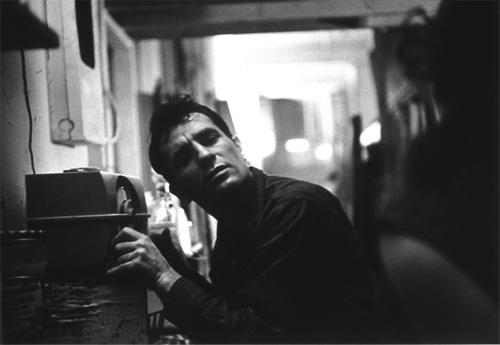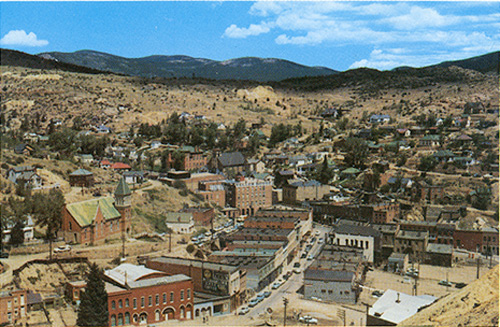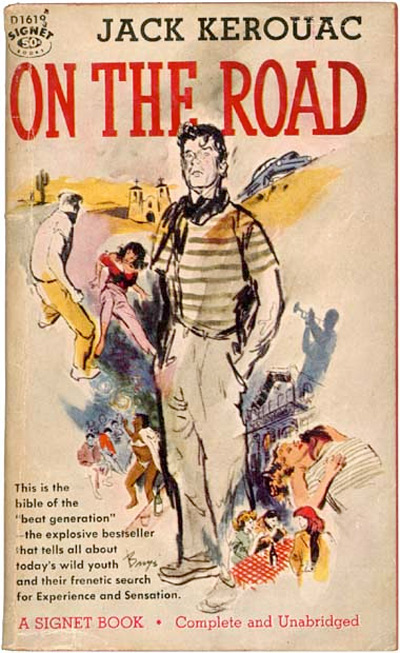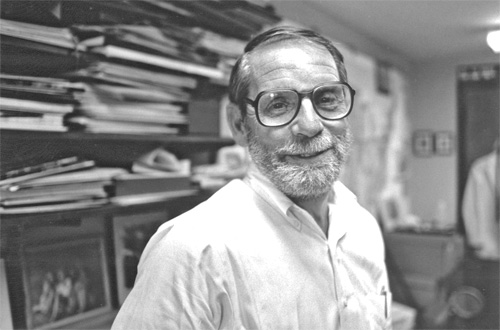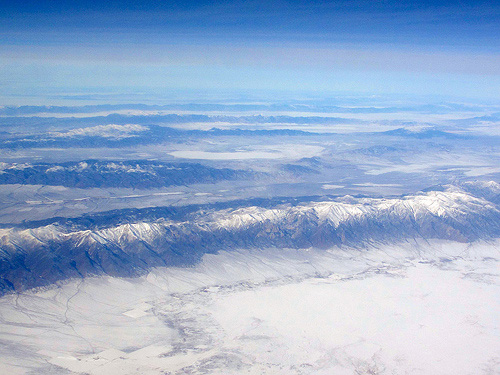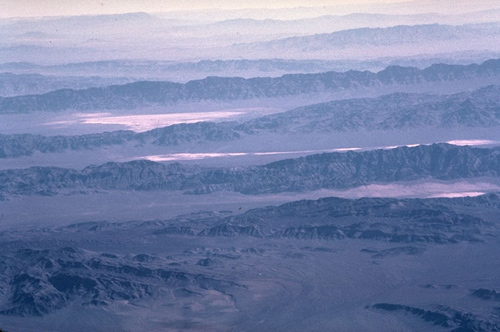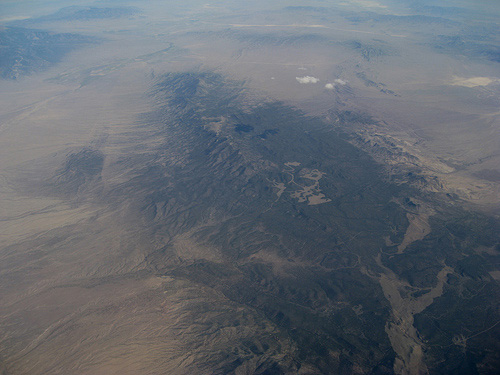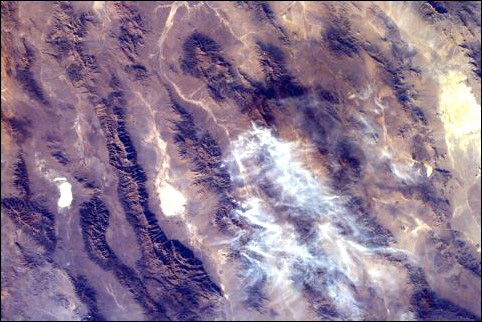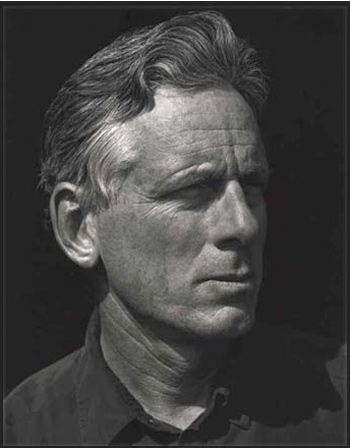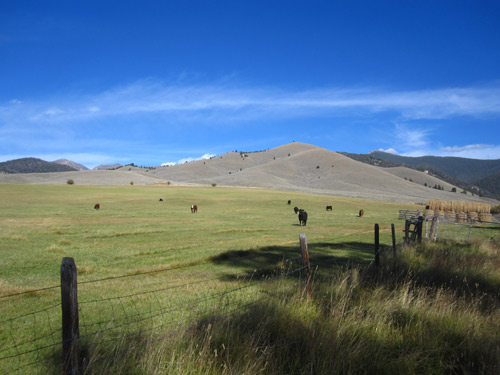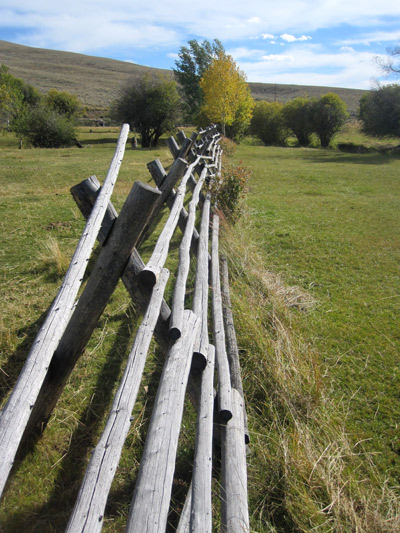Impressions of the West: James Crumley
 Sunday, November 6, 2011 at 5:48PM Tweet
Sunday, November 6, 2011 at 5:48PM Tweet 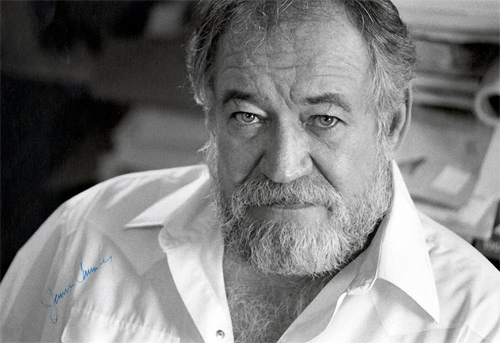 Credit: OregonLive.com
Credit: OregonLive.com
James Crumley (1940-2008) was a mystery writer of extraordinary power. In Dancing Bear, strung out investigator Milo Milodragovitch is trying to kill himself, or not, while he cruises between western Montana and Seattle trying to unravel a nearly unravel-able story of drugs, toxic waste, and Milo himself. Of Crumley’s writing abilities, Barry Hannah said it best: “Crumley works with fever on the brow, and the most lyrical and true English sentences I’ve seen lately. Dancing Bear is a wonder of compression, truth and wisdom.”
This is the first paragraph of the book:
We had been blessed with a long, easy fall for western Montana. The two light snowfalls had melted before noon, and in November we had three weeks of Indian summer so warm and seductive that even we natives seemed to forget about winter. But in the canyon of Hell Roaring Creek, where I live, when the morning breezes stirred off the stone-cold water and into the golden, dying rustle of the cottonwoods and creek willows, you could smell the sear, frozen heart of winter, February, or, as the Indians sometimes called it, the Moon of the Children Weeping in the Lodges, crying in hunger. - Dancing Bear, p. 7
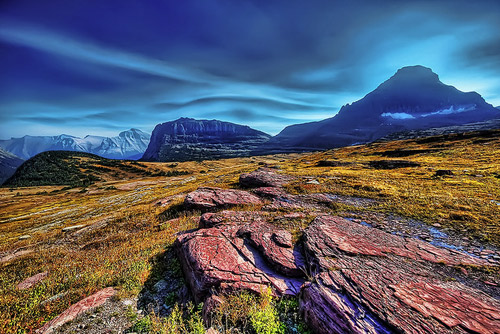 Credit: Visualist Images
Credit: Visualist Images
Credit: Roger Lynn
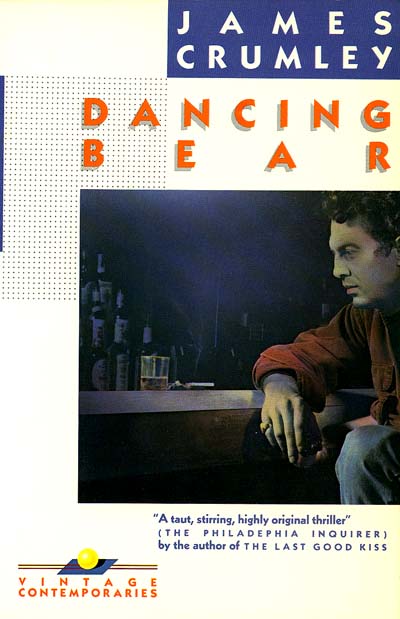 Available at ABEBooks
Available at ABEBooks
 Dancing Bear,
Dancing Bear,  James Crumley | in
James Crumley | in  James Crumley
James Crumley 
